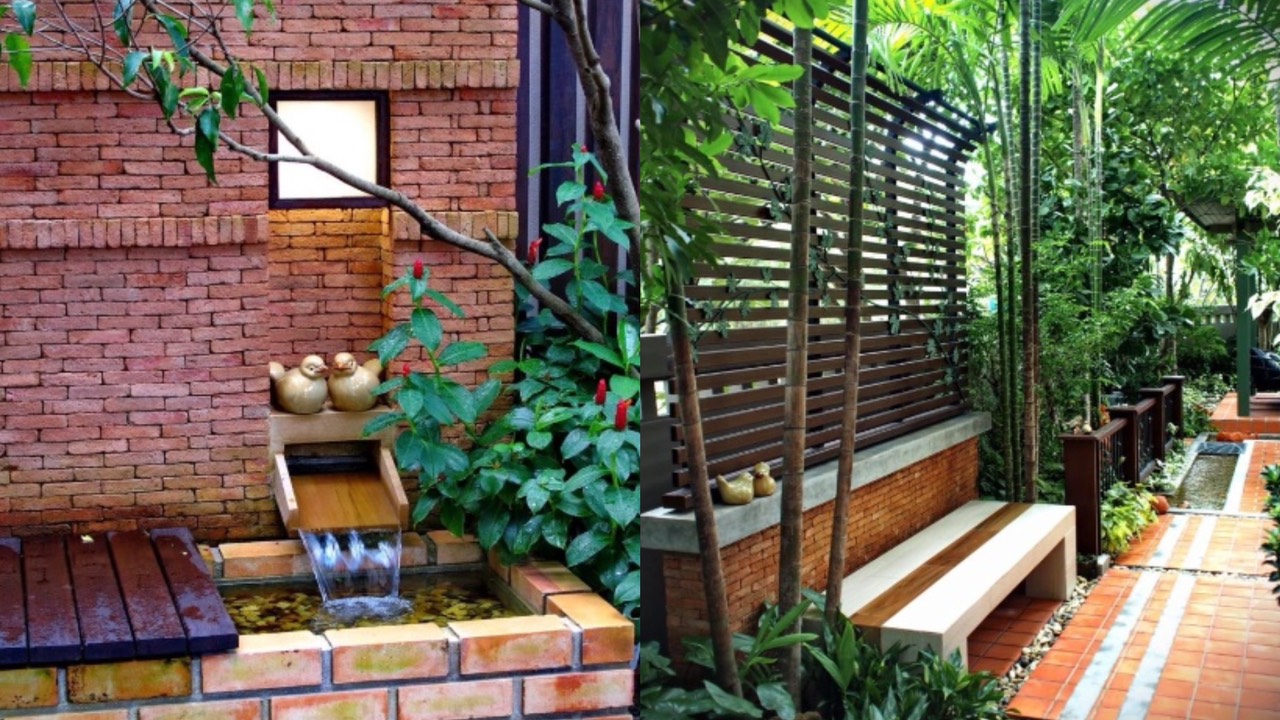
Side yards are more than just a link from front yard to back. For smaller lots, this narrow strip is vital outdoor space that must be included in the overall design. Large lot side yards are a great opportunity to add diversity to the landscape.

If you’re spatially challenged, insist your designer consider these five potential opportunities for utilizing these long, narrow spaces.

Side yards vary in width from four feet to twenty feet or more depending on the homesite. Where there is at least six to ten feet in side yard width, there’s enough room to create a tiny oasis.

This space may support just a single lounge chair or a chaise, which makes an ideal for a single-person getaway.

The key to making this space pleasant is to ensure privacy and surround it with beautiful plants. The choices should offer you beauty at close range, so choose more exquisitely detailed flowers and leaves.

If the side yard is already paved, plant in highly attractive pots. Secondly, give yourself some privacy so you can go out and relax in your robe without the neighbor kids ogling you from second story windows.

An excellent way to solve this problem is to consider an arbor structure. This provides the framework for a seasonal cover to cut the view from above, or you can hang roll up shades to screen off the sides during the milder seasons. These can be raised and lowered as sun and nosy neighbors require.

The primary problem with side yards is lack of ground space. You must, above all, maintain a clear pathway from one end to the other because this is its primary function.

This limits square footage for plants and dictates their shape and habit. Vines present some of the best options because one stem can support a massive amount of foliage and flowers.

This can engulf your ugly fence or be trained to frame views and artistic elements. Above all, these vines should not be the rampant types such as honeysuckle or wisteria, but smaller choices such as clematis which require less pruning to maintain a limited size.

Sunlight is limited in narrow side yards because adjacent buildings can block direct exposure. Sun will reach more of the space with every additional foot of width, particularly if the buildings are single story.

North facing side yards can be shaded all year round. Therefore these are havens for small shade loving plants that offer beautiful foliage and sometimes even flowers.

Such protected areas are perfectly adapted to hostas and ferns along with plants from the forest floor such as columbine and primroses.




















